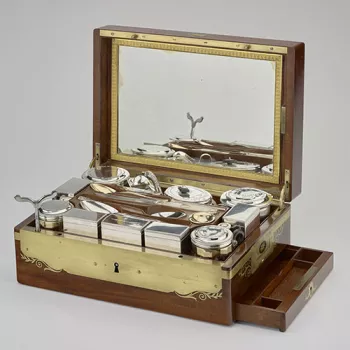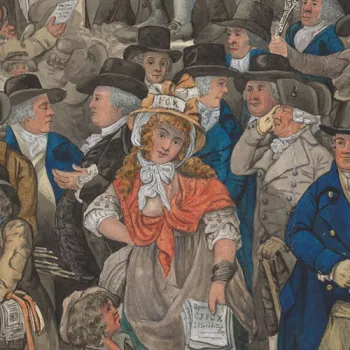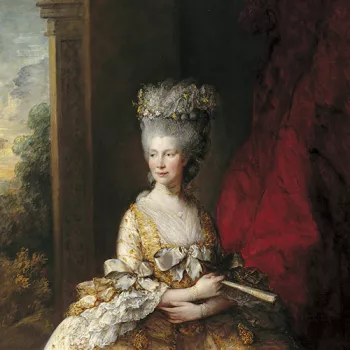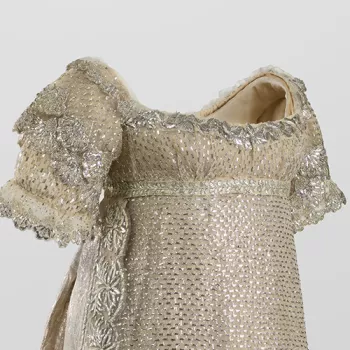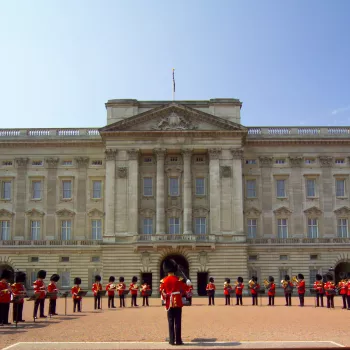
George IV's travelling service
Everything you need to know about this Georgian gentleman's grooming case.
Reading time: 3 minutes
What is a travelling service?
This lavish travelling service contains more than 100 separate items. These include razors, scent bottles, combs and toothbrushes, as well as drinking utensils for tea and hot chocolate. Cases of this type were known as nécessaires in French. They contained all the necessities needed by a gentleman while travelling.
This case was a gift from George IV to his Private Secretary, Sir Benjamin Bloomfield, at a cost of £300, the equivalent of more than £20,000 today. It was assembled in France in the early 19th century by Pierre Leplain, who supplied travelling cases to Napoleon.
The suppliers of these travelling cases were renowned for their carefully-designed boxes. The objects are cleverly packed together to take up as small a space as possible. All the while preventing damage to them during travel. Many objects fit inside one another, or the handles unscrew to allow them to be more tightly packed.
What’s inside?
The luxurious mahogany box is lined with leather. The contents are packed around an elegant silver-gilt basin with layered trays.
The trays contain items for shaving including several razors, a shaving brush, scissors, and a strop for sharpening. Other trays contain a dental kit. There are also ear spoons, a hairbrush and combs, nail clippers and tweezers. Ear spoons or picks were used to clean earwax from the ears.
Among the other objects are several practical items including a winder for a pocket watch with six differently-sized keys. The case also contains tools for making repairs such as a mother of pearl needle case and a bradawl. The bradawl is a pointed tool probably used for making holes in belts.
The fashionable gentleman
The case contains boot hooks for assisting in the pulling up tightly-fitting boots. These types of boots were particularly fashionable in this period.
There are also several glass bottles for cologne and hair powders. Hair powders were used during the Georgian period by both men and women. They would be used to remove grease and made it easier to achieve elaborate hairstyles.
The elaborate process of shaving and dressing the hair was lengthy. Many gentlemen would take hot drinks while they were being attended to. In this case, there is both tea and chocolate equipment. A small spirit lamp would be used for keeping the tea hot while it is infusing.
There are also utensils for eating such as forks and spoons. Although there are spaces in the case for cups and saucers these appear to have been lost in the past. The case also contains items for writing including penknives, a seal and a chamber candlestick.
Who made it?
Boxes of this type were assembled by suppliers known in French as tabletiers. The individual items were made by different specialists. These include glass makers, silversmiths, and steelworkers. Several different craftspeople would be involved in making the case itself and lining it. These items were therefore expensive and highly luxurious.
The initials GPR (for George, Prince Regent) and a coronet are engraved on many of the contents of the case. George IV was given the title of Prince Regent, during the illness of his father, George III, between 1811 and 1820.




